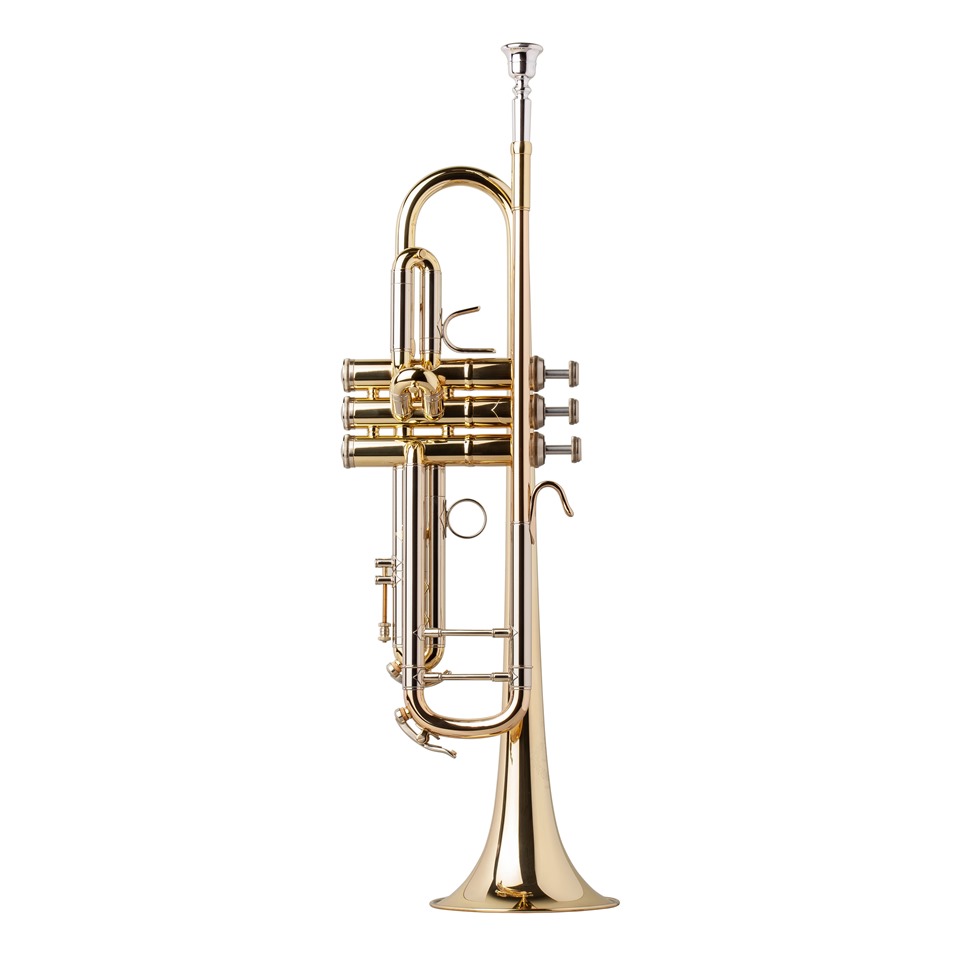

I am desperately trying to source a pair of front expansion chamber exhausts for 350 Boss. Some of the sites listed under German Resources may provide an answer. The keyway is there so what is going on? Is the cam lobe for the breaker points a loose part that can be rotated? The problem I found (at the end) was that the ignition timing is way off, the spark comes at about 60 degrees AFTER top dead center. I am trying to start an 1937 TWN S350 that has not been touched for 30 years. Any one else in South Africa have one of these? Appreciate any info, and looking forward to some travelling(when we can, lockdown) regards Gary Mason JHB RSA. Good day, Getting near the end of restoring my 1953 250 TWN and would like to know the recommended oil's and particularly what octane fuel and two stroke oil mixture to use. The bell is mounted in the headstock and operated by a cable.Įngine #, frame # and photographs may prove helpful. It has a two speed Sachs engine presumed to be 50cc. As far as I know it has not been previously registered. I am wondering if it can be dated as I need the year of manufacture to register it for use on the road in UK. I have a green TWN Triumph moped date unknown. If you or anyone you can recommend would like to take on this project, with deposit upfront, please let me know. This is a serious inquiry, I work in freight and understand the costs involved but very much want to do this. I live as an American expat in Vietnam and would like to find someone, anywhere in the world that would like to take on the job of rebuilding the motor and hydrolic brake. I have a complete TWN Boss 350 in good condition and I would like to restore it. Please enable JavaScript to view the comments powered by Disqus. It is likely that rebadged Hercules mopeds were marketed as Triumph during this period. In 1956 the company merged with Adler and German-built Triumph motorcycles ceased production. Nuremburg was badly damaged in the latter years of the war, the TWN factory suffering extensively. This was developed in 250cc and 350cc versions which were used in military machines during preparations for the coming war. In the 1930s Otto Reitz, an engineer they had hired away from rival NSU, designed a single cylinder 200cc twostroke along the lines of the Puch "Twingle", with the two pistons sharing a forked conrod. During this interwar period there was a legal wrangle with Triumph UK which resulted in some German models being badged as Orial, but after complaints by a French company of the same name the company settled on TWN - Triumph Werke Nurnberg. Subsequent models were produced with MAG and Sachs engines. The English factory built its first motorcycles in 1902 with the German plant following in 1903.ĭespite the turmoil of the Great War, the German factory maintained its relationship with its English partners and built machines with the same engines as, and otherwise very similar to, the English bikes up until 1929 when the economic and political climate in Germany forced a change to home-grown components.

A decade later he built another Triumph factory in his home town of Nurnberg.

A native of Germany, Siegfried Bettmann founded the Triumph factory in Coventry in 1886 where he built bicycles.


 0 kommentar(er)
0 kommentar(er)
